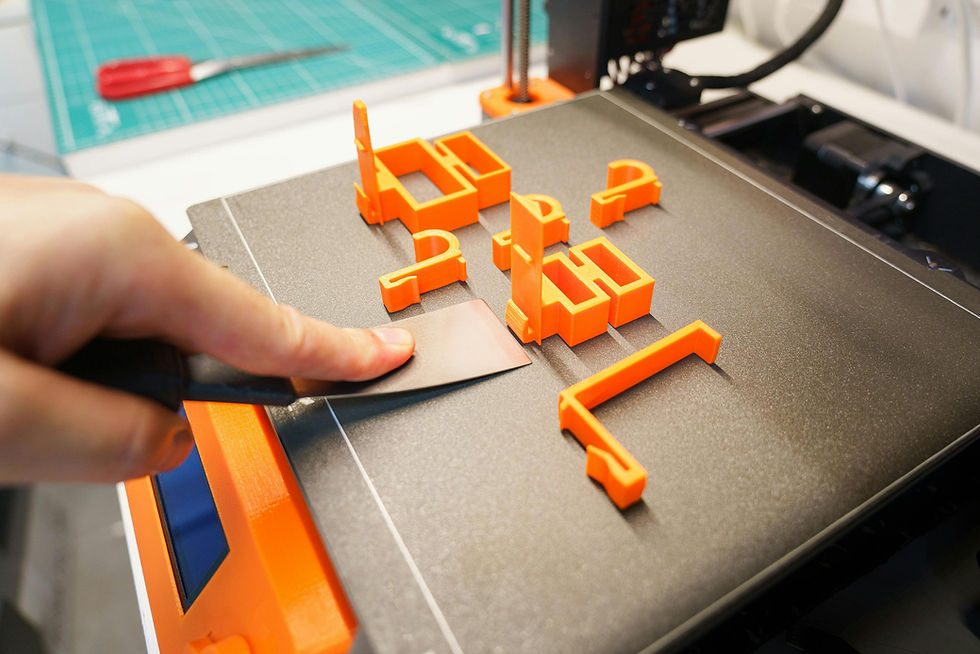A 3D-Printed Train Station in Just Six Hours: The Future of Construction Is Here
- quotes906
- Jun 20
- 2 min read

At M Aerospace RTC, we keep a close eye on the most exciting innovations in the world of 3D printing — and this one truly blew us away. In Japan, a train station was built using 3D printing… in just six hours!
Yes, six hours to print a fully functional building that would normally take two months to construct using traditional methods. This breakthrough represents not only incredible efficiency but also a completely new way of thinking about public infrastructure.
Where and how did it happen?
The station is located in Arita, in Japan’s Wakayama prefecture, and was developed by West Japan Railway Co (JR West), one of the country’s leading rail operators.
It’s a single-story building, approximately 10 square meters in size, printed in concrete and reinforced with steel bars. The structure includes two openings for passenger access and a design built to stand the test of time.
What’s most impressive is the process:
The 3D printing of the building took only six hours.
Assembly, carried out with a crane and a team of just six workers, took two hours.
The components — walls and roof — were transported from the factory and installed on-site in a single day.
A solution to a real problem
In many rural areas of Japan, train stations are still made of wood and naturally deteriorate over time. JR West saw 3D printing as a fast, cost-effective, and durable alternative to upgrade its infrastructure — starting with this first printed station in JR Hatsushima.
This project also served as a pilot test to explore the use of sustainable building materials and cutting-edge technologies that could eventually be applied on a larger scale. With this initiative, JR West now has a clear estimate of the time and resources needed to replicate the process in other regions.
Technology serving a changing society
Japan is facing a major demographic challenge: an aging population and a declining birth rate. As a result, companies like JR West have been investing heavily in automation — such as the 12-meter-tall maintenance robot introduced in 2024 to service railway infrastructure.
In this context, 3D printing offers a practical solution to labor shortages, enabling the maintenance and development of infrastructure without relying on long and labor-intensive traditional methods.
Why does this advancement excite us?
Because it proves that 3D printing isn’t just a tool for parts and prototypes — it can play a central role in projects with real social, urban, and economic impact.
At M Aerospace RTC, we believe in the power of technology to transform industries, and this case is a perfect example of how additive manufacturing can be a catalyst for change.
Today, it was a train station in Japan… tomorrow, who knows?
Got an innovative idea in mind?
Get in touch with us. Whether it’s in resin, metal, or high-performance materials — at M Aerospace RTC, we print it.



Comments